A 60-year-old man from Hanoi came to the 19-8 Hospital (Ministry of Public Security) because of abdominal pain and occasional bloody stools. He had a gastroscopy and colonoscopy performed by a doctor with the support of AI (artificial intelligence) technology at the Department of Gastroenterology.
AI "read" the patient's lesion as a neoplasm. The doctor removed the 20mm lesion during the endoscopy. The pathological results after removal were consistent with the initial diagnosis: the patient had adenoma with high-grade dysplasia, precancerous condition of the colon.
This is one of the patients who discovered colorectal polyps early in a difficult-to-see location and treated them immediately during endoscopy, Dr. Nguyen Viet Dung, Head of the Department of Gastroenterology at Hospital 19-8, discussed with the press on the sidelines of a scientific conference on applying AI in diagnosing gastrointestinal diseases organized by this hospital on September 20.
On average, the Gastroenterology Department of Hospital 19-8 performs gastric and colon endoscopy for nearly 120 cases per day. Each month, the facility performs colorectal polypectomy for more than 200 cases, equivalent to 7 cases per day.
According to doctors, more than 95% of colon cancer cases start from polyps. Therefore, early detection and timely treatment of polyps by endoscopic mucosal resection or submucosal dissection can help patients avoid surgery and prevent the risk of polyps developing into cancer.
Dr. Dung said that endoscopy is currently the "gold standard" for diagnosing gastrointestinal diseases. In screening for colorectal polyps, AI is like a "third eye" that helps doctors avoid missing lesions. At the same time, AI also helps doctors read and classify lesions for patients.
According to doctors, in digestive endoscopy, images are very important. With small lesions, difficult locations, if observed with the naked eye, doctors are at risk of missing them. Thanks to the support of AI integrating imaging experience with real endoscopic videos, doctors are "assisted" a lot in detecting small lesions or lesions in difficult to observe locations. Thereby reducing the time to diagnose and predict patient injuries.
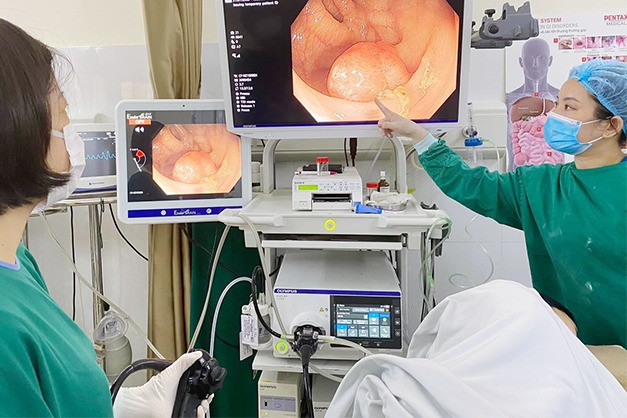
When there is a suspected lesion, AI helps identify, mark the area, display images, suggest analysis, help the doctor focus on the lesion detected by AI and make judgments and evaluate the treatment direction.
In particular, according to Dr. Dung, gastroenterologists in Vietnam are under great pressure, performing dozens of endoscopy cases every day. AI has shown its specific and clear effectiveness in the last gastroenteroscopy cases of the day. "AI is like a companion, signaling to the doctor whether or not a colorectal lesion has been missed, and what kind of lesion it is," the doctor shared. When using AI in endoscopy, the ability to detect polyps reaches over 95%.
Should have endoscopy and screening for gastrointestinal cancer after age 40
According to Associate Professor, Dr. Hoang Thanh Tuyen, Director of Hospital 19-8, in digestive endoscopy, AI plays a powerful supporting role in increasing the detection rate, avoiding missing lesions, and saving the shortage of medical human resources. However, the final decision still belongs to the doctor. The doctor's experience and ability are important factors.
Dr. Dung said that previous recommendations on colorectal polyps often focused on people over 50 years old. But now, the number of cancerous lesions detected is higher in young people. The US recommends that people should have colonoscopy screening from 45 years old and up, while Japan reduces the age from 45 to 40 years old.
The doctor shared that this facility once received a 23-year-old female patient who was diagnosed with cancer right after giving birth. The younger the patient, the higher the malignancy. This is largely related to genetic factors.
"We recommend that people with first-degree blood relationships such as parents or siblings with people with polyps or colorectal cancer should undergo colonoscopy screening," Dr. Dung noted.
If the lesion is less than 20mm and is assessed as non-invasive malignancy, the doctor will remove the polyp during endoscopy. For larger lesions, the doctor will consider whether to remove them immediately, or to further evaluate by staining and biopsying the polyp to see if it has invaded the submucosal layer, from which a decision will be made to treat the lesion.
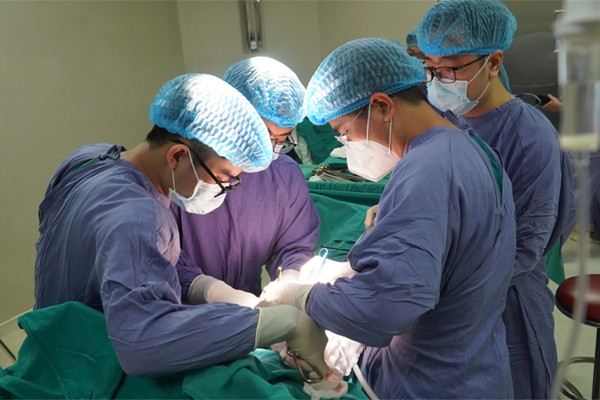
Diagnosed with gastrointestinal cancer after 10 days of dull abdominal pain and jaundice
About 1.5 months before Tet, Ms. T. (56 years old, Phu Tho) had dull abdominal pain in the epigastric region with jaundice that gradually increased over 10 days. After being examined at many central hospitals, she was diagnosed with Valter's ampulla cancer with biliary obstruction complications.

Detect cancer from abnormal signs of the digestive tract
After a short period of difficulty defecating and weight loss, a patient in Ho Chi Minh City had to undergo surgery for colon cancer.

The disease that kills more Vietnamese than cancer
According to statistics, each year in Vietnam about 82,000 people die from cancer, while according to the Ministry of Health, cardiovascular disease takes the lives of 200,000 people.
Source


![[Photo] Moment of love: Myanmar people are moved to thank Vietnamese soldiers](https://vstatic.vietnam.vn/vietnam/resource/IMAGE/2025/4/3/9b2e07196eb14aa5aacb1bc9e067ae6f)


![[Photo] Comrade Khamtay Siphandone - a leader who contributed to fostering Vietnam-Laos relations](https://vstatic.vietnam.vn/vietnam/resource/IMAGE/2025/4/3/3d83ed2d26e2426fabd41862661dfff2)
![[Photo] Prime Minister Pham Minh Chinh receives Deputy Prime Minister of the Republic of Belarus Anatoly Sivak](https://vstatic.vietnam.vn/vietnam/resource/IMAGE/2025/4/2/79cdb685820a45868602e2fa576977a0)
![[Photo] Special relics at the Vietnam Military History Museum associated with the heroic April 30th](https://vstatic.vietnam.vn/vietnam/resource/IMAGE/2025/4/3/a49d65b17b804e398de42bc2caba8368)




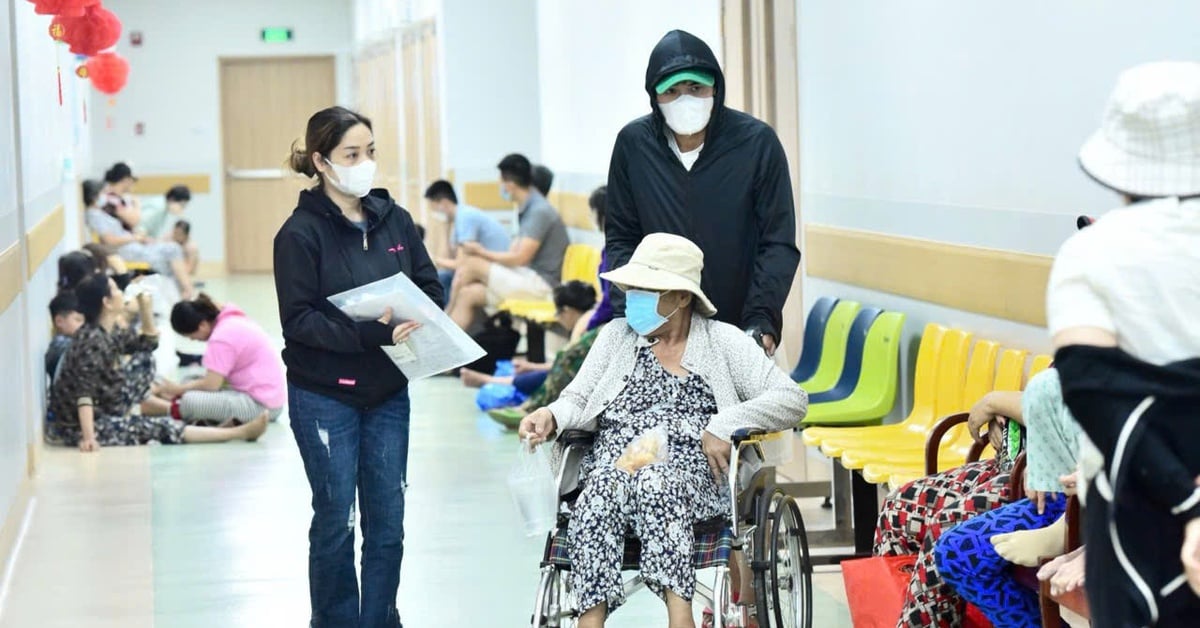

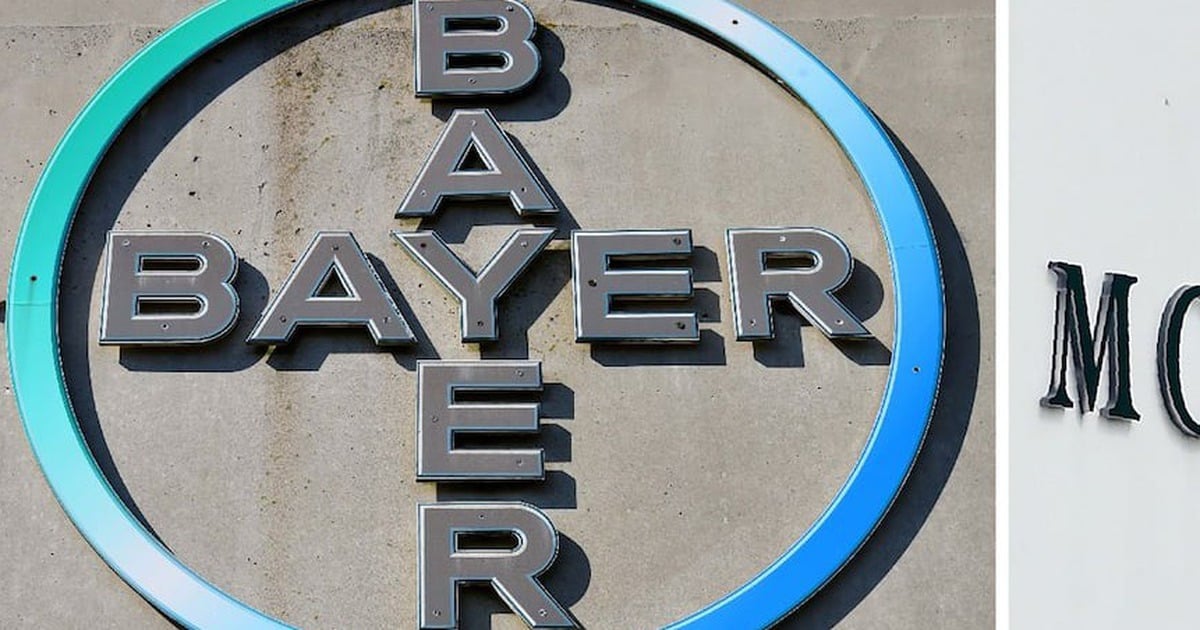

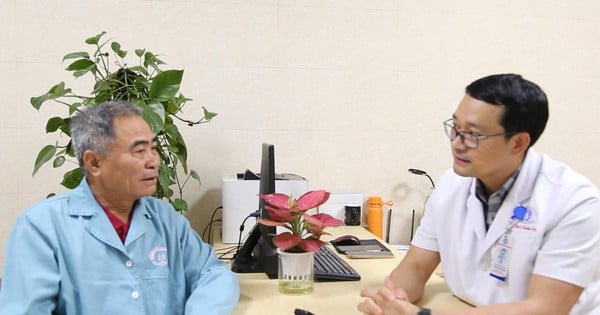

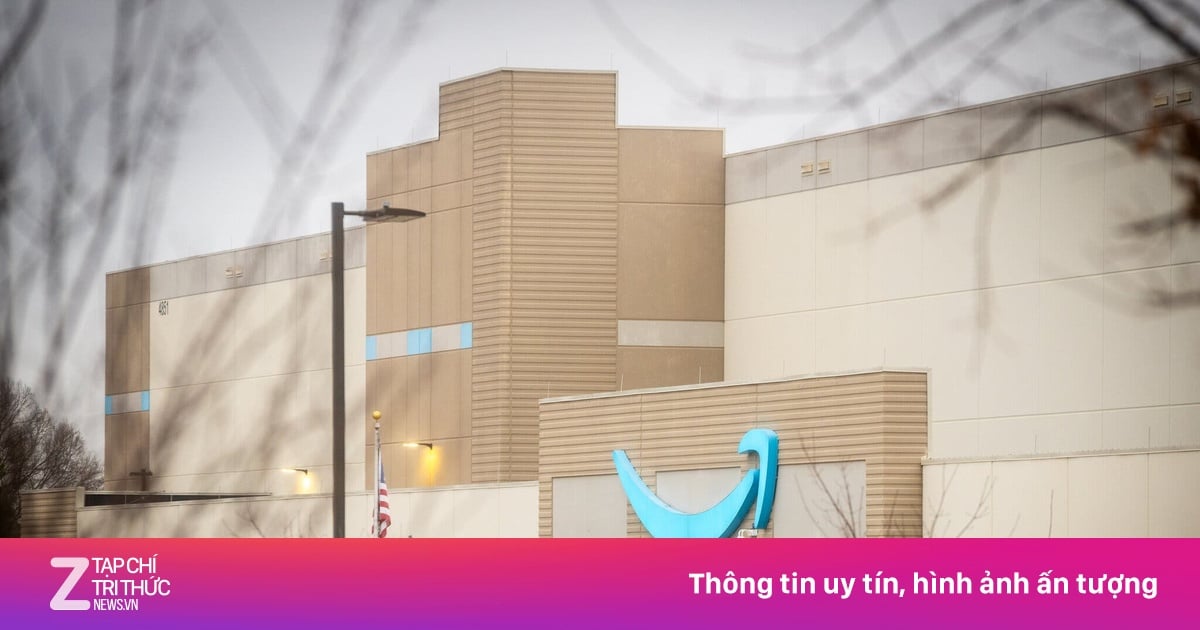

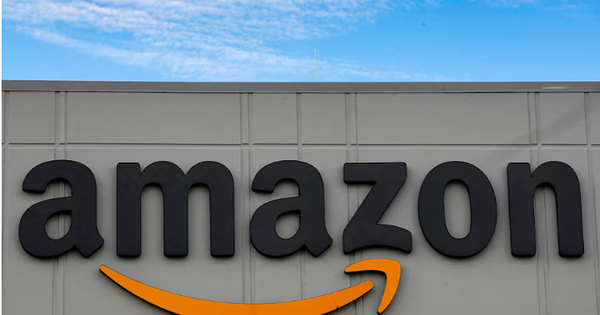
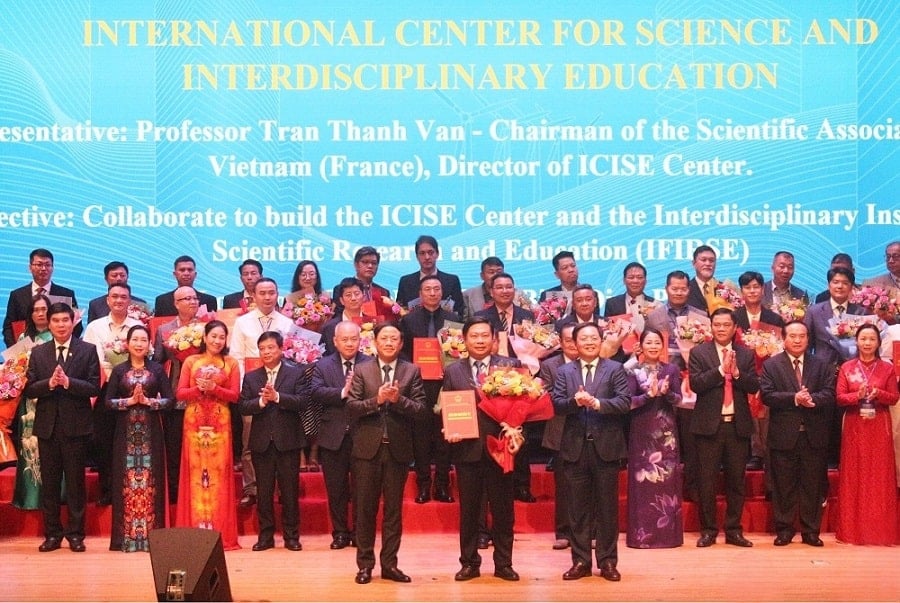







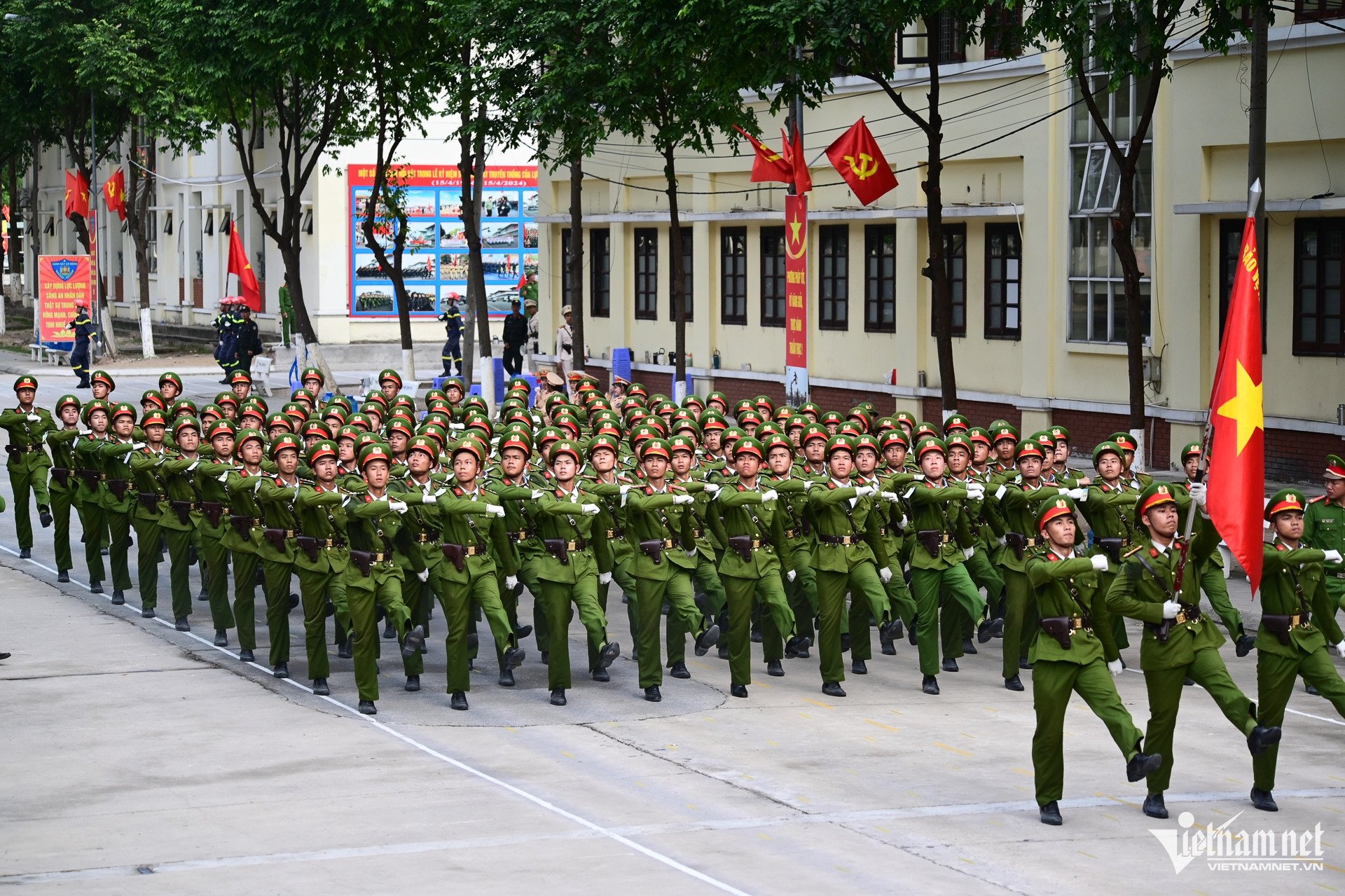
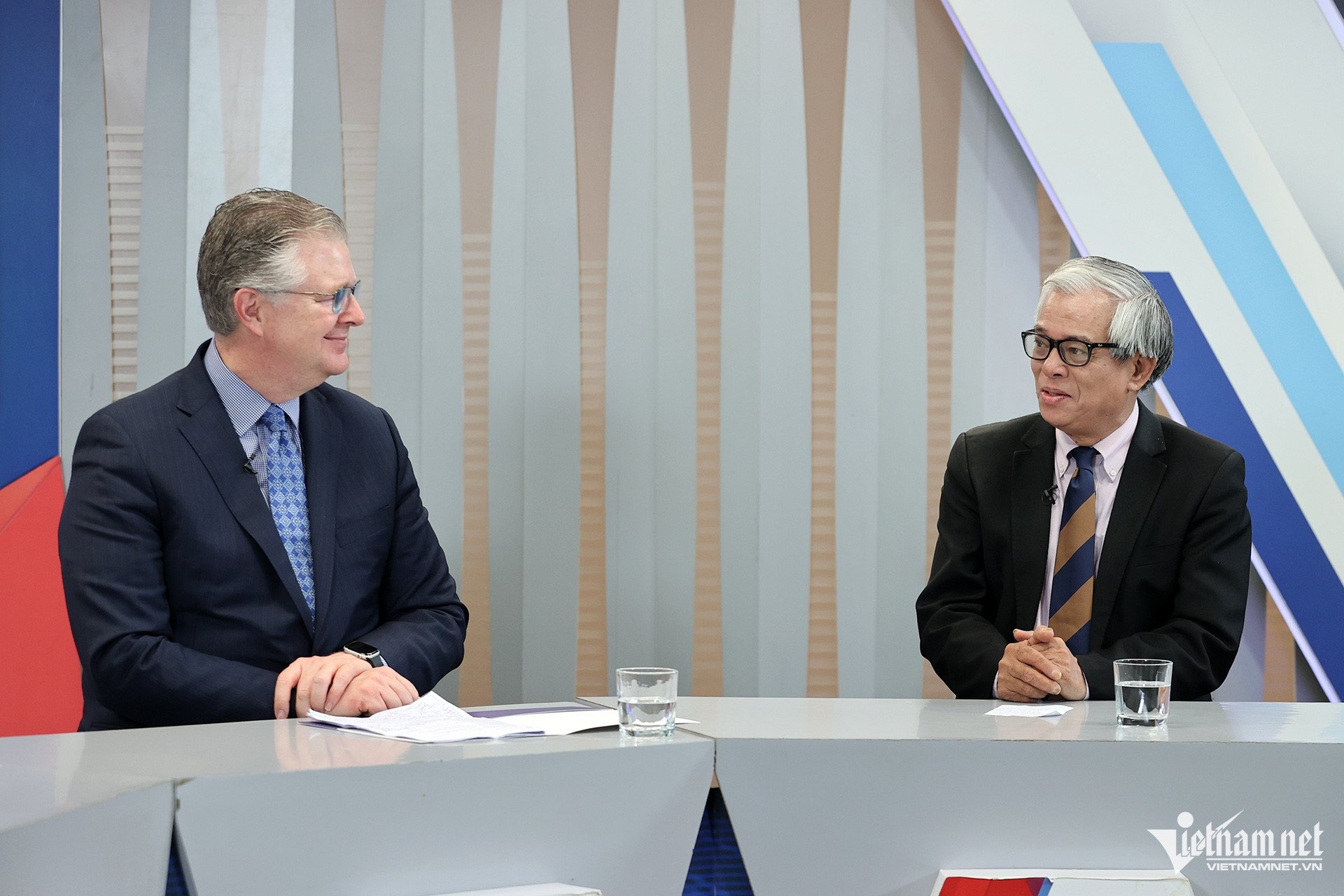


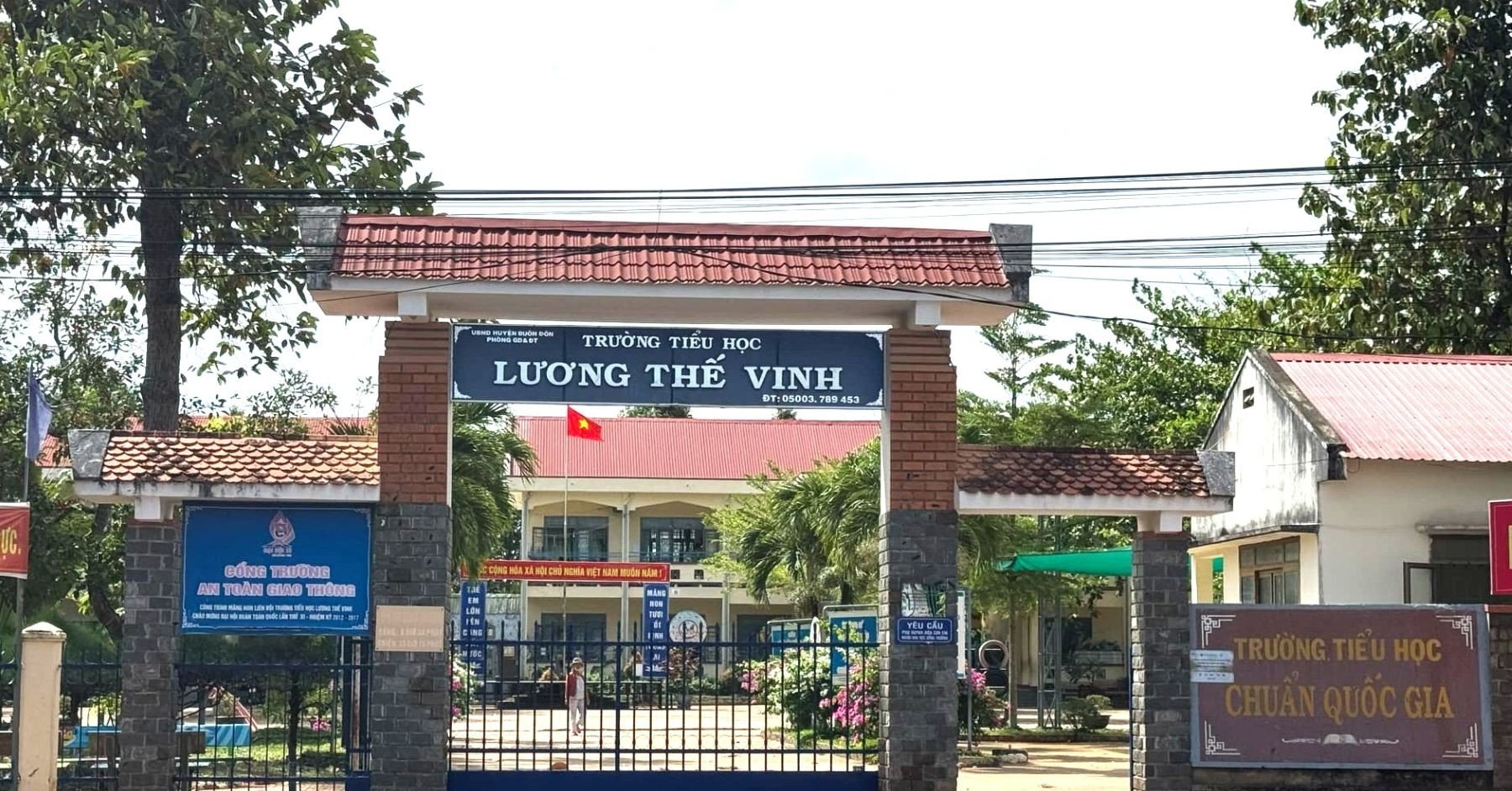


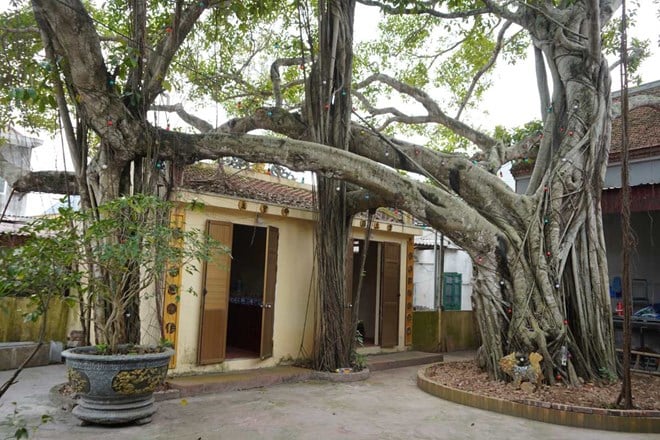










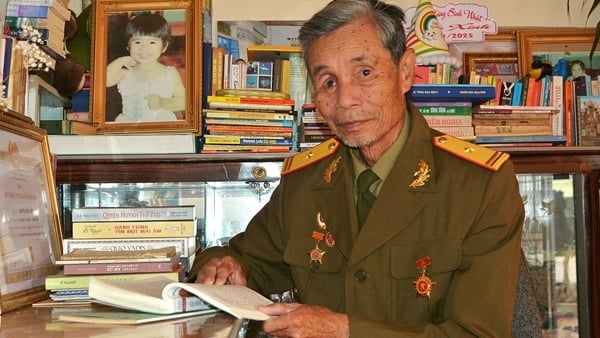

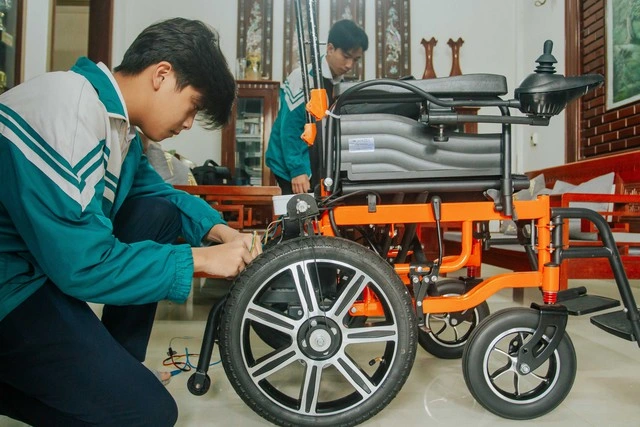
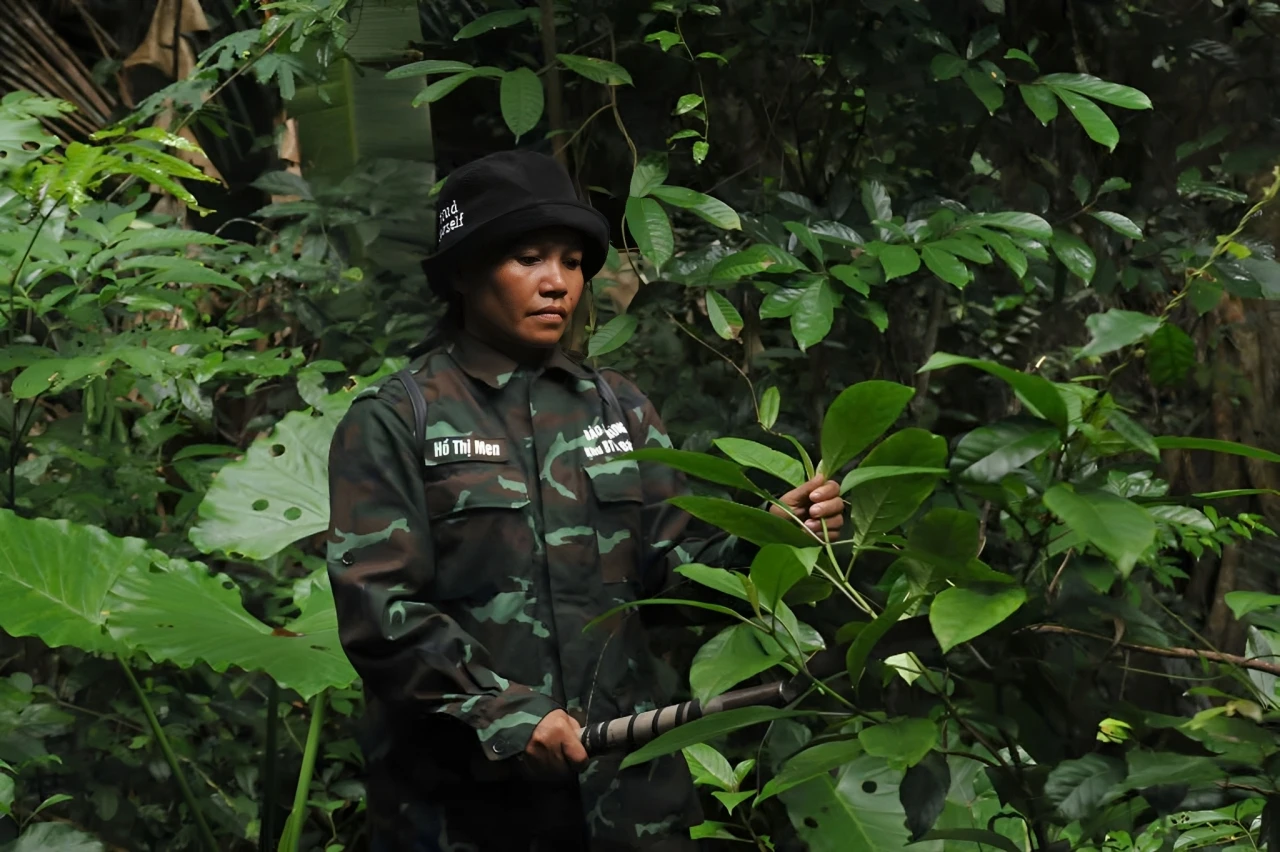
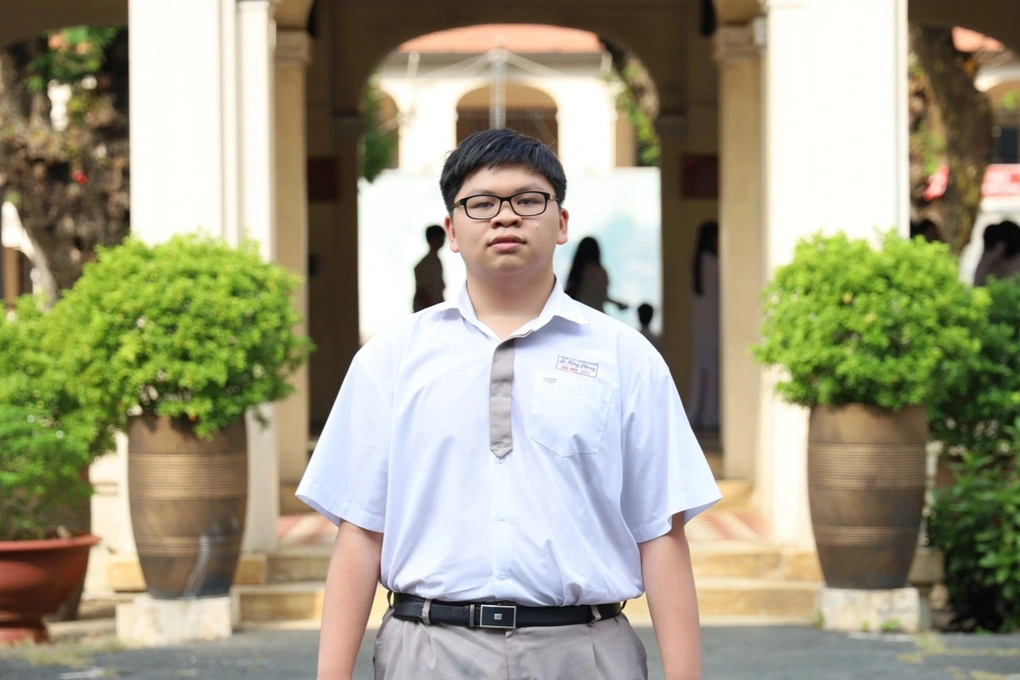









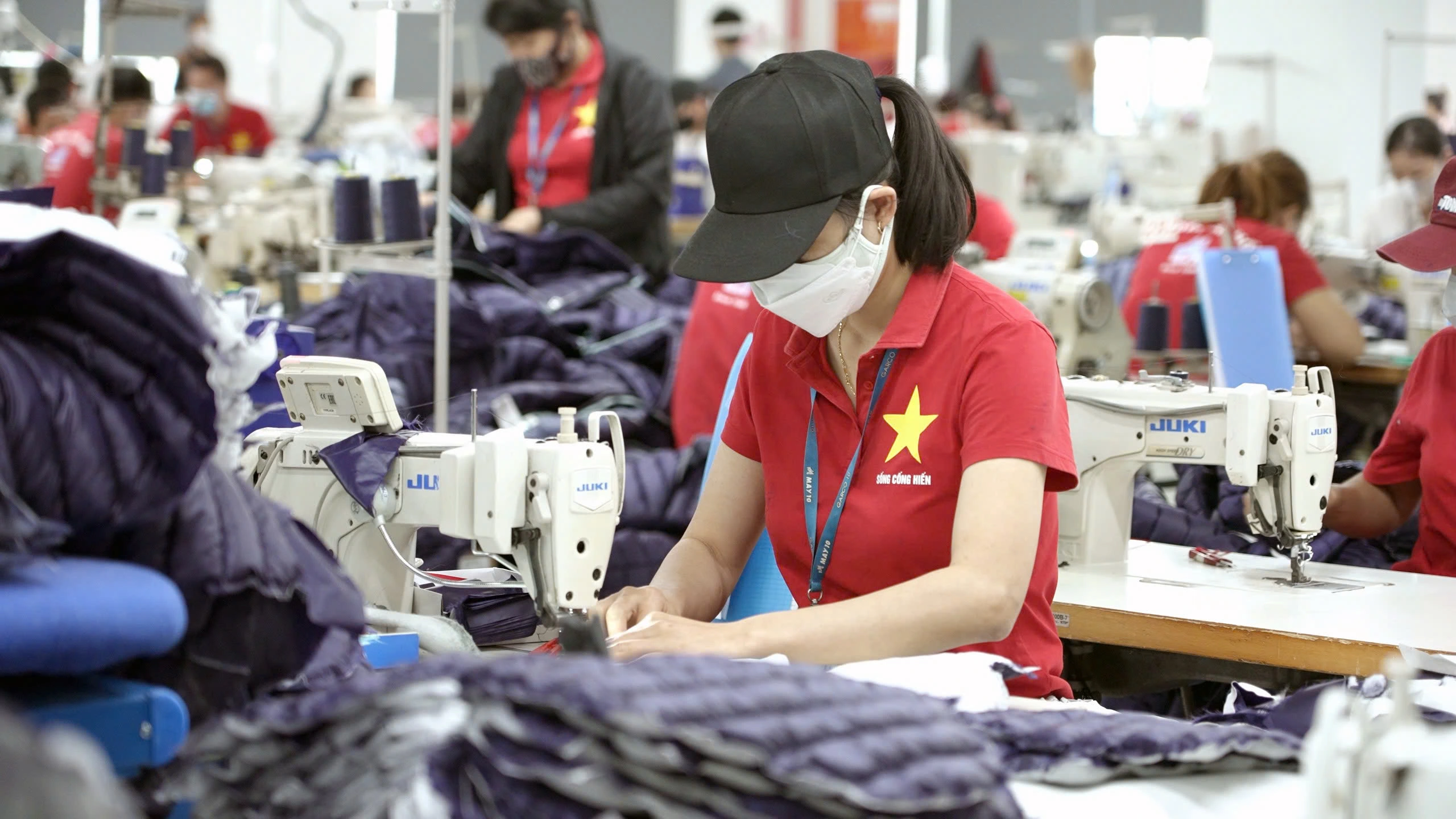


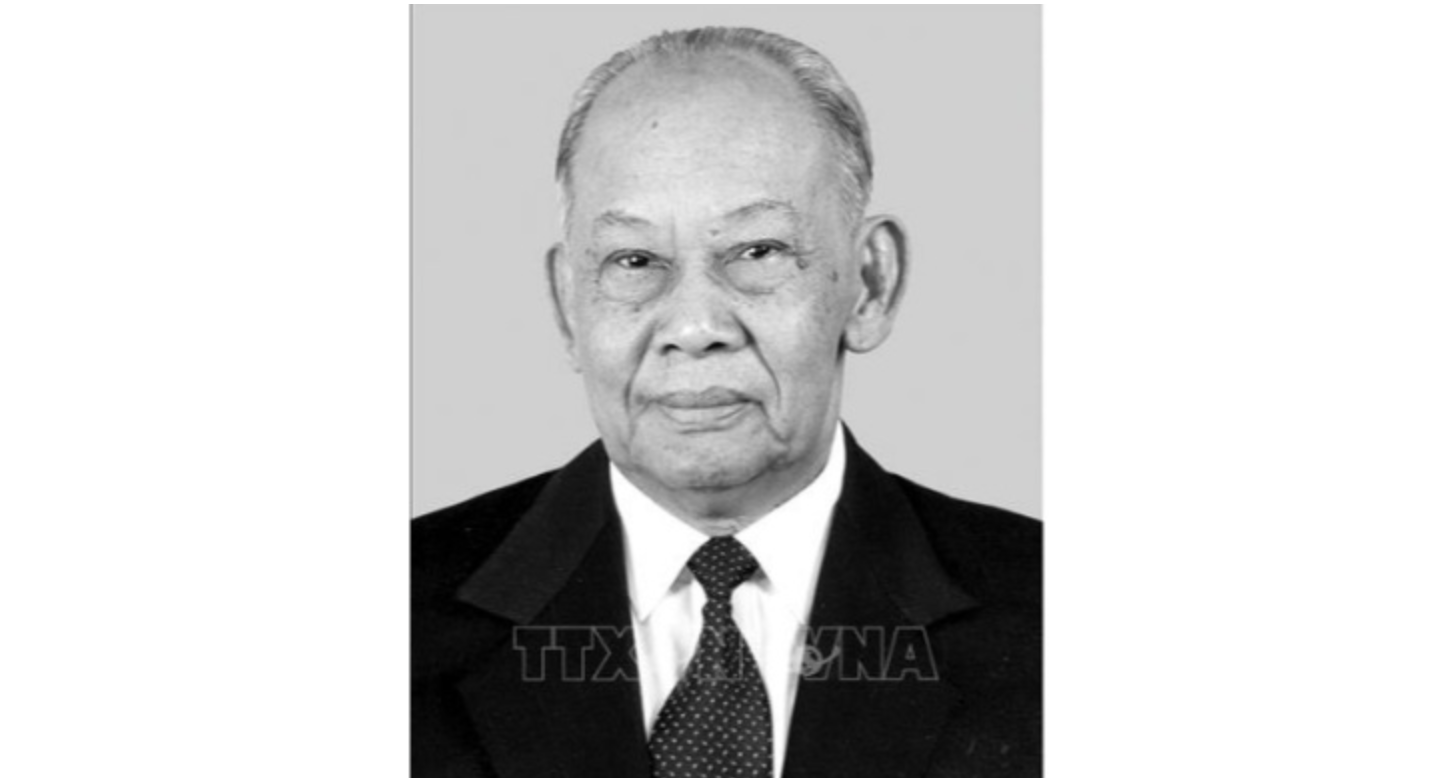

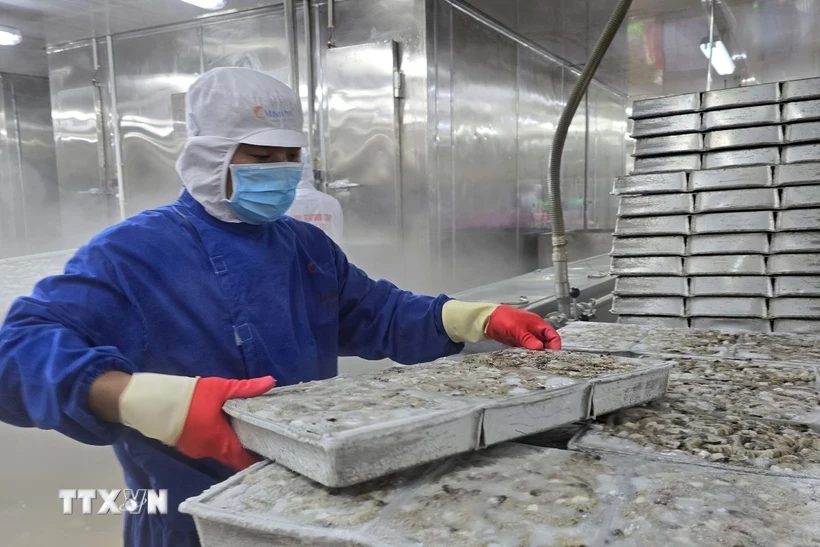




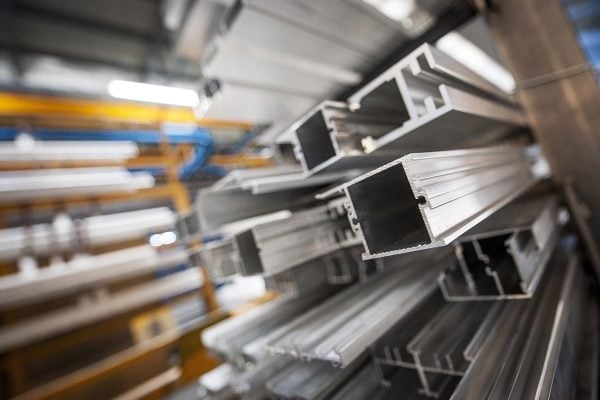

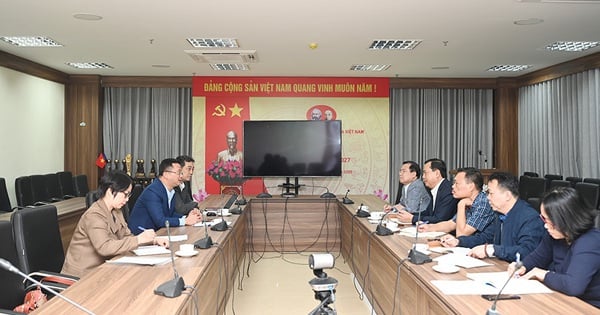




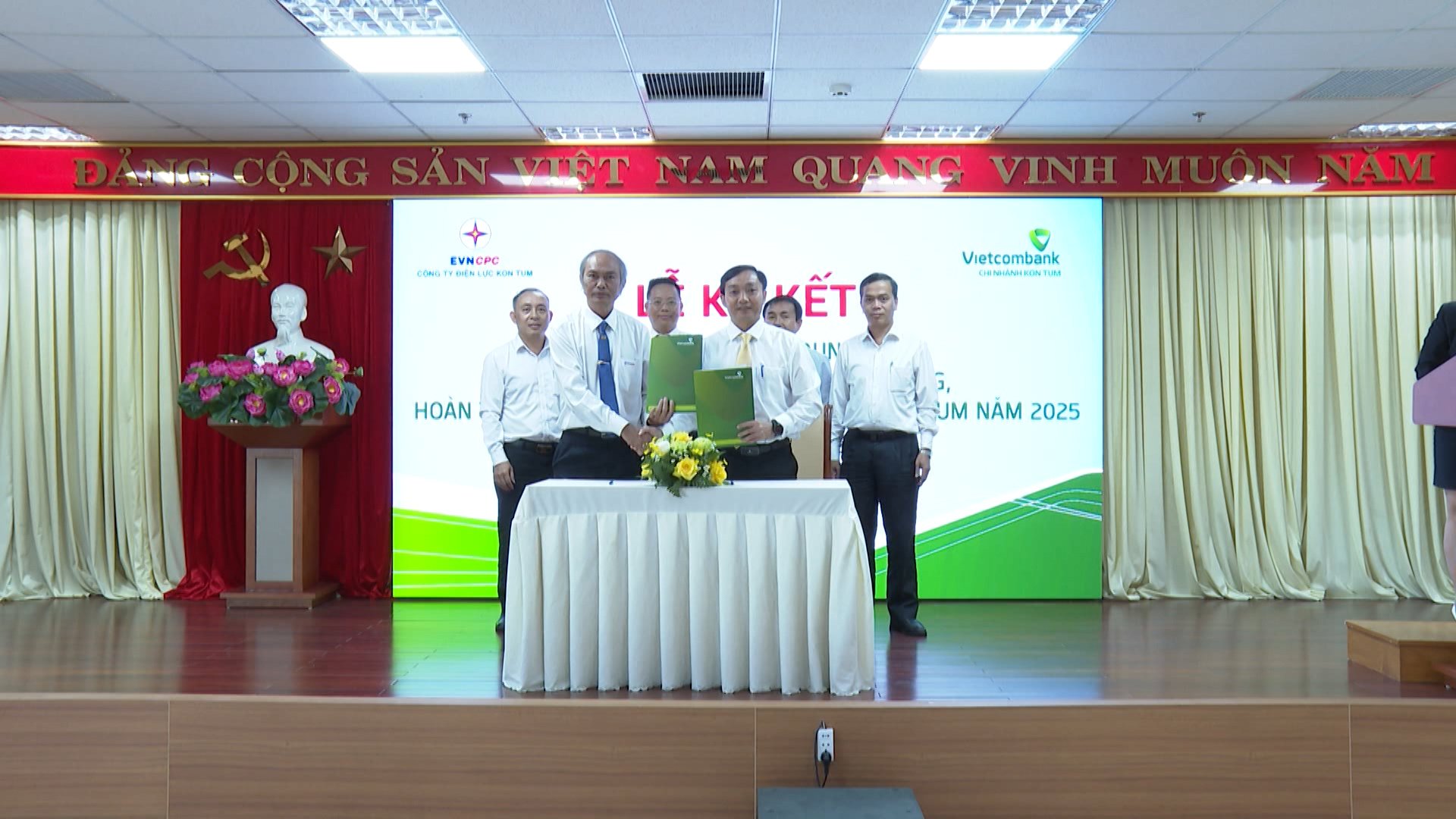
















Comment (0)